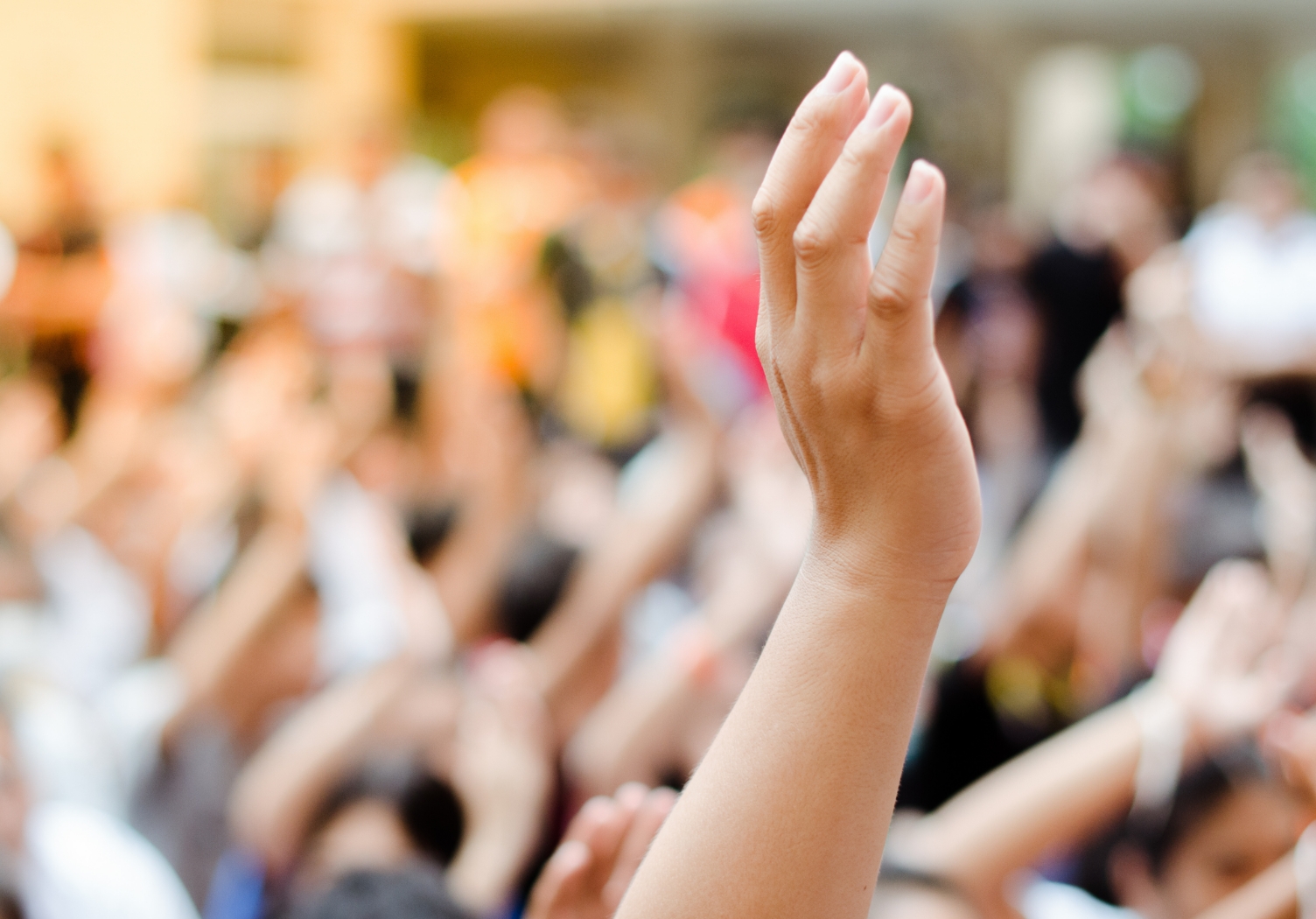
There was no shortage of comment last week to mark the start of the one-year countdown to the election (indeed I offered a few observations of my own). Predictions, however, were rather harder to come by.
One striking and rather cheering exception was the Telegraph’s Dan Hodges, who feels many serious political analysts are unable to see the obviousness of a Cameron victory because they struggle to grasp “the sheer scale of Ed Miliband’s political incompetence and stupidity”. Other commentators were rather more circumspect about the likely winner – though equally bold, in their own way, were the academic team at the Polling Observatory. They concluded from their analysis of long term polling trends that the result is on course to be a draw, with Labour and the Conservatives each winning 36% of the vote.
I am not in the business of predicting vote shares, but the political dynamics do suggest a humdinger. Labour would surely want to be further ahead than they are today to be confident of a comfortable win – the Tories had an average lead of more than 16 points in May 2009, the same point in the last parliament, and we know what happened to that – and the economic recovery continues. On the other hand, mass Lib Dem defections to Labour and the continuing problem of attracting new voters to a Tory party they think is not on their side have always made a Conservative victory seem unlikely. As I have said before, I would not be surprised if this is the tightest election for forty years.
These might look like ideal conditions for the pollster. Next May it will be 23 years since the result of an election was in doubt, at least in terms of which party was going to get the most votes. People will want to know what effect (if any) events and the parties’ breathless campaigns are having on the voters. They will look to pollsters to tell them what is going on.
I intend to do my bit. This week I will publish the first in a new series of weekly telephone polls taking us up to the big day. Over the year I will hold regular focus groups with undecided voters to add colour and context to the numbers. And at the Conservative Home Spring Conference later this month I will unveil the first round of battleground polls to track the state of play in individual marginal constituencies. My plan is to return to each set of seats – those most closely contested between the Conservatives and Labour, the Conservatives and Lib Dems and the Lib Dems and Labour – throughout the year to measure movement on the ground compared to the national headline figures.
As I never tire of pointing out, a poll is a snapshot, not a prediction. It measures, it does not forecast. That said, a polling firm that finds itself having to claim that there must have been a huge swing in the 24 hours between the end of its fieldwork and the sealing of ballot boxes is going to raise eyebrows.
When reading the polls it is also important to remember that they operate within margins of error. In practice this means that 19 times out of 20, the figures will be within perhaps 2% or 3% of the truth, depending on the sample size. This has important implications. One is that we should not pay too much attention to small movements between individual polls, which probably have little significance. Another is that if a poll published just before the election has figures precisely matching the eventual result, this is no more than a fluke (though I reserve the right to amend this view on 8 May 2015, obviously).
In this election, margins of error could play a starring role. That may not have been a sentence you ever expected to read, but consider this: next May the national vote shares for the Conservatives and Labour may be within a point or two of each other. The same may be true for the Lib Dems and UKIP. It is therefore possible that a pollster may publish a survey which is statistically flawless, yet gets all the parties in the wrong order. Suppose the final poll of the campaign puts Labour first on 36%, the Conservatives second on 35%, UKIP third on 12%, the Lib Dems fourth on 10% and Others on 7%. And suppose when the votes are counted the Tories end up with 37%, Labour come second on 35%, the Lib Dems third on 12%, UKIP fourth on 10%, and Others on 6%. By research standards the poll would be completely right; to everyone else it would look completely wrong.
This helps explain why for pollsters, pundits and bookies, a general election is like Christmas Day and Judgment Day rolled into one. It is both a joy and a reckoning. Our confident pronouncements will ultimately be measured against what actually happens.
At the 1992 election, all the surveys published in the final two days of the campaign understated the Conservative vote share and most suggested a Kinnock premiership. Most polling firms rejected the idea that the electorate must have had a collective last-minute change of heart. They changed the way they did things, introducing new methods to take account of factors including how participants had voted in the past and their likelihood to turn out. Accuracy improved dramatically, and most pollsters can argue with some justification that their methods are largely based on what has proved reliable at previous elections.
But the next election poses a new set of challenges for pollsters which are only sharpened by the potential closeness of the result. To what extent do methods developed at previous elections still apply when looking to 2015? Has the advent of coalition government changed the way voters think about their choice? Can we rely on assumptions – painstakingly developed over four electoral cycles – about the likelihood that a voter who says they are undecided will return to their previous party? These are the questions that keep pollsters awake at night, and anyone in the business who tells you they know the answers is privately hoping for the best.
But enough of my woes. It’s going to be a fascinating year. As ever, all my research will be published in full on Lord Ashcroft Polls. Why not sign up for news alerts to make sure you’re the first to know.


